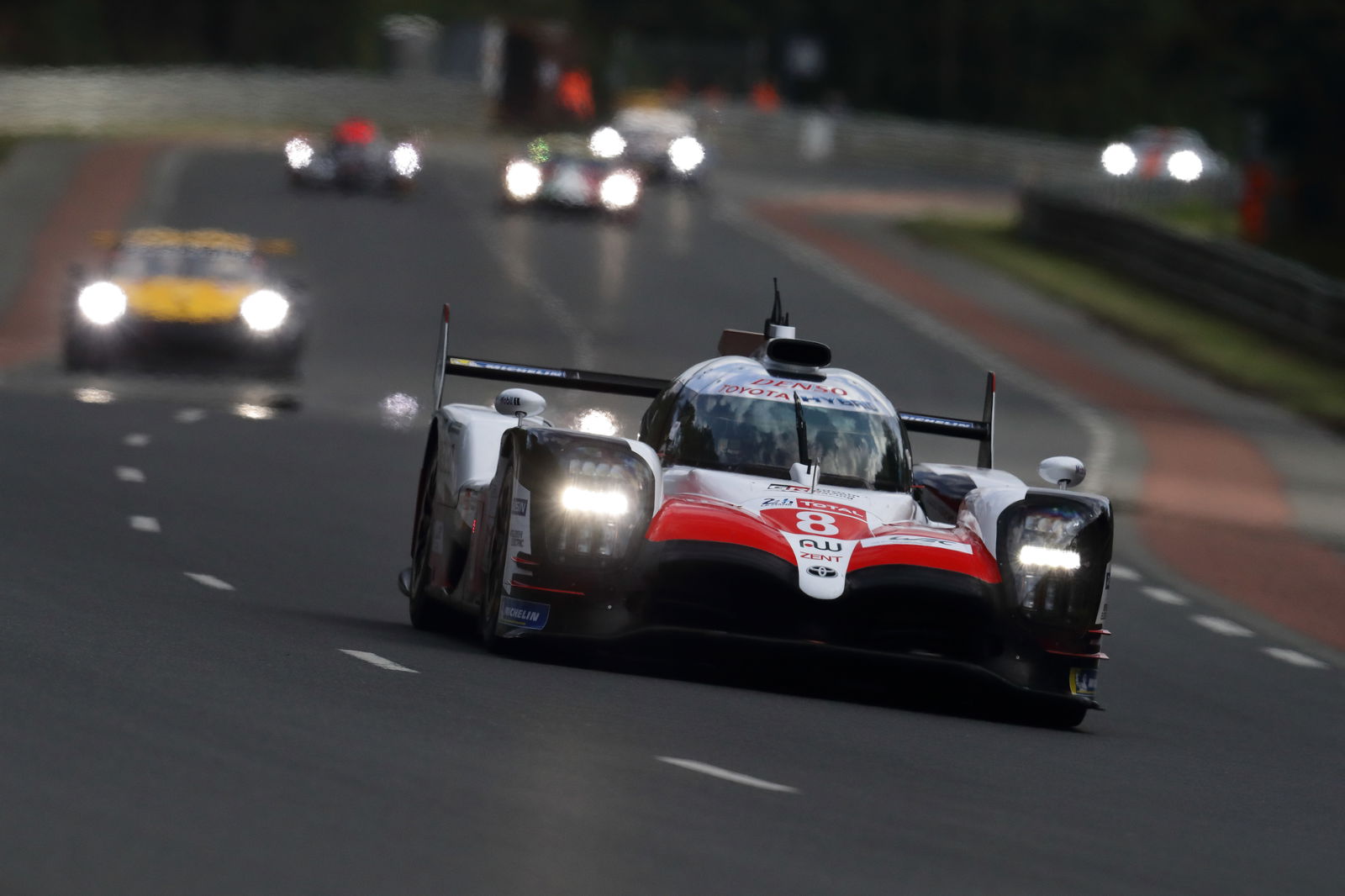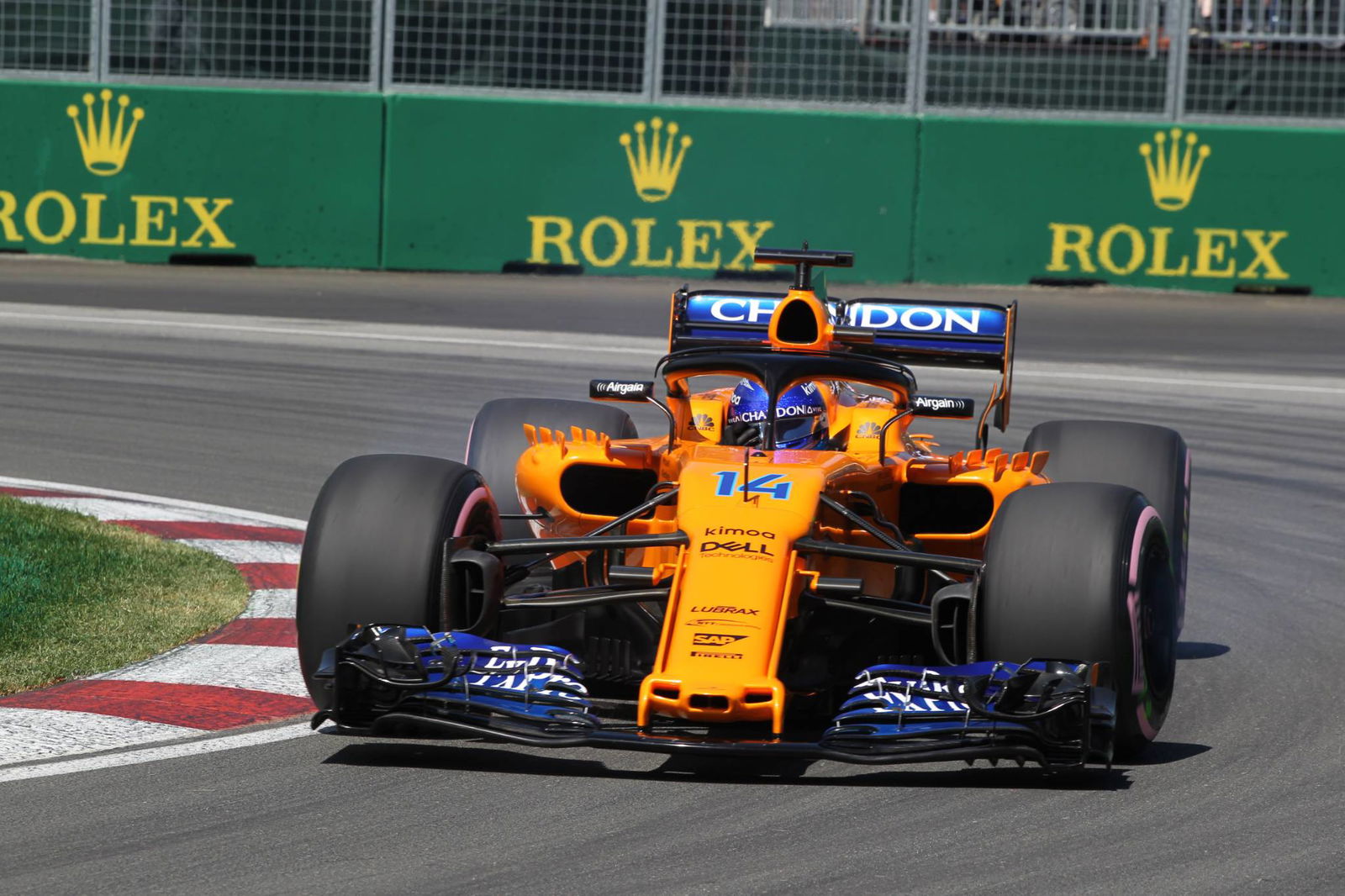Hypercar class a ‘free design’ to attract manufacturers for 2020
Following details outlined by the FIA World Endurance Championship and the Automobile Club de l’Ouest (ACO) on the hypercar class, technical bosses feel its design proposals will allow brands to make their mark on the category while speeds won’t be compromised.
The LMP1 class is set to be replaced by a yet-to-be-named hypercar class for 2020, with the aim of reigniting interest in the premier level of endurance racing.

Following details outlined by the FIA World Endurance Championship and the Automobile Club de l’Ouest (ACO) on the hypercar class, technical bosses feel its design proposals will allow brands to make their mark on the category while speeds won’t be compromised.
The LMP1 class is set to be replaced by a yet-to-be-named hypercar class for 2020, with the aim of reigniting interest in the premier level of endurance racing.
At the ACO’s annual press conference on Friday ahead of Le Mans 24 Hours, details were revealed on the technical regulations of the proposed class which has focused on producing cars which share close resemblance to the concept cars while aerodynamic levels will be strictly regulated in order to prevent spiralling development costs.
While the final technical rules are set to be confirmed at the FIA’s World Motor Sport Council meeting in December, FIA technical director Gilles Simon says a single homologated aerodynamic design will be permitted per manufacturer along with the introduction of active aero.
“It will help to have one bodywork,” Simon said at Le Mans. “You may see that the cars here are very different to the cars we had in Spa. That's what we want to avoid. So it's one bodywork development and it will also allow for a better efficiency.
“We believe [active aero] is the technology that is well used on road cars, so believe it's the right moment to introduce it there.
“We were told from marketing guys and the fan analysis that this is a request. We believe it is quite a good idea so we believe that if we can control the aerodynamic performance of the car we will leave enough freedom for each manufacturer to design or to use a base design that already exists on the road.”
ACO’s sporting director Vincent Beaumesnil has echoed Simon’s comments and says hypercar designs will take priority as the rules with dictate maximum downforce levels allowed.
“It's a free design and the idea is to make the identity of the brand,” Beaumesnil said. “For example, if they make a nice show car at a show, they can use this design and make it possible.
“They have the ability to make it appear as they want because the shape of the car will not be dictated by the needs of downforce and aero. So it's really what makes it possible."
“If you want to have efficiency, what we do today with LMP1 is exceptional but this is dictating the look of the cars,” Simon added. “If we want to have more flexibility in the design of the car and more styling and cars that more looks like hypercars we see on the street, we need to lower this number.”
The 2020 hypercar class is still expected to be the lead of the field despite aerodynamic limitations thanks to “more power in the engines”, with a hybrid power unit equipped with a single KERS system at the front of the car.
“We've had some simulation and the numbers are possible,” Simon said.

